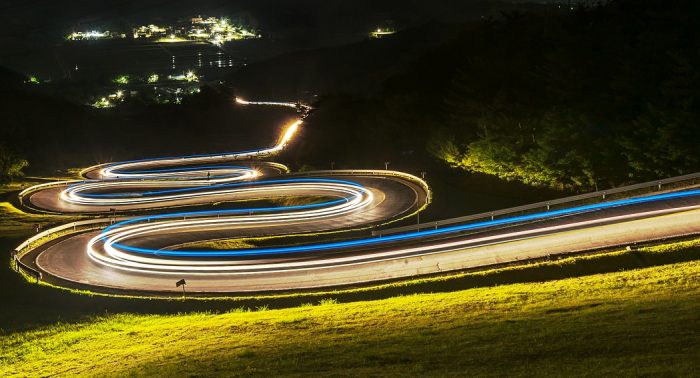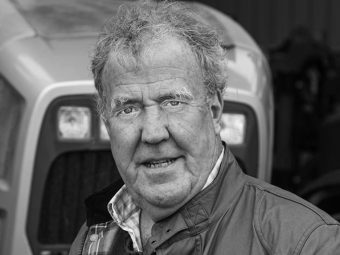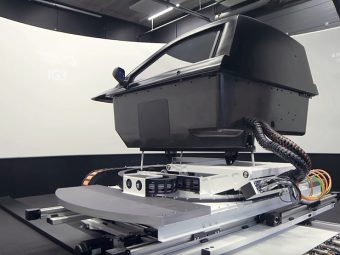According to the National Highway Traffic Safety Administration (NHTSA), fatal traffic accidents are three times more likely to occur at night than during the day. It’s not hard to understand why, either. There is usually less traffic at night, but visibility is greatly reduced, and drivers are more likely to be drowsy or intoxicated.
Driving at night is certainly more dangerous than driving during the day, but you can keep yourself safe and alert with these helpful tips.
Avoid Drowsy Driving
We all know that you should never drive while you’re intoxicated, but you might not know that driving while drowsy can be just as bad. It slows your reaction time, decreases awareness, and impairs judgment just as easily as alcohol, so don’t assume that you’re okay to drive home late at night just because you haven’t had anything to drink.
If you think you’re too tired to drive, stay where you are and get some sleep instead. If you must drive at night, stay alert by drinking something caffeinated, rolling down your windows to let some cool air into your vehicle, or turning up your radio.
Clean Your Windshields and Headlights
A dirty windshield will scatter light and increase the glare from streetlights and oncoming headlights. This will greatly reduce your visibility, so keep your windshield clean and your windshield wipers in good condition.

Dirty headlights will reduce your visibility as well, so clean them regularly. Visibility is crucial for spotting hazards including pedestrians. Pedestrian deaths are higher at night and can be especially dangerous for minority groups. One study showed that Latino and Hispanic pedestrians were 84% more likely to die than white pedestrians if they were hit by a car at night.
Avoid Two-Lane Highways
Taking a two-lane highway might be the fastest way to get to your destination, but it creates a worst-case scenario for nighttime glare due to headlights from oncoming traffic. Take a different route if you can.
Slow Down

Headlights typically shine 160 feet ahead of a vehicle, but you need 190 feet to come to a complete stop when you’re driving at 40 miles per hour. You’ll obviously need more room to stop when you’re going faster, so slow down and give yourself plenty of room to brake when you’re driving at night.
Slow Down
Headlights typically shine 160 feet ahead of a vehicle, but you need 190 feet to come to a complete stop when you’re driving at 40 miles per hour.

You’ll obviously need more room to stop when you’re going faster, so slow down and give yourself plenty of room to brake when you’re driving at night.
Don’t Forget Your High Beams
High beams are often ignored, but they are incredibly useful when driving on rural roads that don’t have a lot of lighting. Turn them on when you need them in rural areas but make sure to dim them if you’re within 500 feet of an oncoming vehicle or when you’re behind another vehicle.
Don’t Look Directly at Oncoming Vehicles
While you do need to keep your eyes on the road whenever you’re driving, you don’t want to be blinded by lights from oncoming traffic.

When you approach an oncoming vehicle, shift your eyes down and look slightly to the right. Use the lane markings or the right edge of the road to stay on track, and look back up once you’ve passed the oncoming vehicle.
Watch for Wildlife
Collisions with deer account for approximately 200 fatalities and tens of thousands of injuries every year. Deer are most active at dusk and dawn, but they can occasionally be seen late at night. Slow down if you’re driving where deer are known to congregate, and don’t swerve if a deer is in front of you. Instead, slow down and brake to give the deer a chance to get out of your way.







